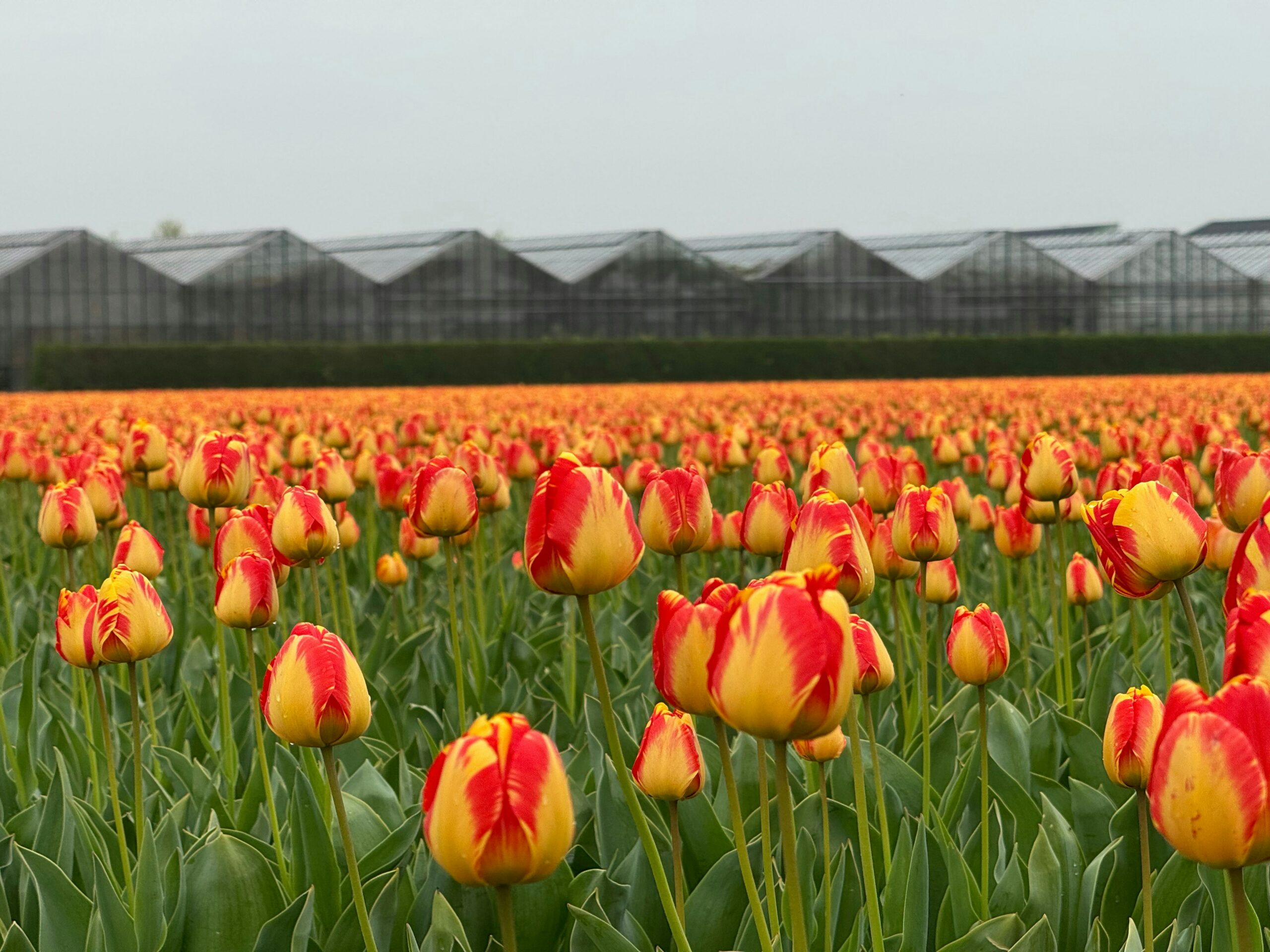Your cart is currently empty!
Dutch Horticulture Dominates Global Floral Trade Through Centuries of Expertise

AMSTERDAM, The Netherlands — Driven by centuries of horticultural knowledge, an ideal temperate climate, and technologically advanced greenhouses, the Netherlands has cemented its status as the unparalleled global center for flower cultivation and export. While synonymous worldwide with the vibrant image of the tulip, the Dutch floral industry encompasses everything from the early-blooming crocus to sophisticated, year-round orchid production, generating billions in international trade and fueling a distinct form of floral tourism.
The enduring symbol of Dutch floriculture remains the tulip, introduced from the Ottoman Empire in the 16th century. This bulb quickly captured the national imagination, leading to the infamous “Tulip Mania” of the 1630s when certain bulbs commanded exorbitant prices. Today, tulips form the heart of vast spring fields across provinces like Flevoland and Noord-Holland. Farmers capitalize on the region’s cool springs and well-draining, sandy soil, cultivating varieties such as the large Darwin Hybrids and the vibrant Triumph tulips, perfect for cut-flower arrangements.
Beyond the iconic tulip, the Dutch spring landscape is painted by a diverse array of other blooms. Daffodils (Narcissus) signal the end of winter, thriving in the cool, moist spring climate. Fragrant hyacinths, cultivated meticulously in the rich soil, are exported globally for their concentrated blooms, and millions are featured in displays at renowned sites like Keukenhof Gardens. Even the modest crocus provides a striking contrast against the early spring gray, showcasing the earliest burst of color.
The Netherlands’ dominance in the global flower market extends well beyond seasonal bulbs. Innovative greenhouse technology allows Dutch growers to control environments precisely, enabling the large-scale production of technically demanding flowers year-round. This is particularly evident in the cultivation of lilies and, crucially, orchids.
Orchids, particularly the elegant Phalaenopsis variety, are a cornerstone of Dutch floral exports. Through high-tech climate control, careful fertilization, and specialized planting substrates, Dutch facilities efficiently supply international markets. This mastery of controlled-environment agriculture ensures the Netherlands holds a commanding market share, selling high-quality blooms to destinations across Europe and the United States.
Horticultural Heritage Fuels Economy and Tourism
The sustained success of Dutch floriculture rests on four key factors: the naturally temperate climate, which allows for ideal bulb storage and spring blooms; the naturally sandy soil, which provides superior drainage necessary to prevent bulb rot; a rich, centuries-old horticultural heritage deeply rooted in selective breeding and cultivation; and advanced greenhouse systems that guarantee efficiency and year-round production.
This combination has generated powerful economic and cultural dividends.
Each spring, the vast floral fields—particularly the Bollenstreek (Bulb Region)—transform into a living mosaic, attracting millions of tourists. The meticulous arrangement of millions of bulbs at Keukenhof Gardens, open seasonally from March through May, is a global tourism highlight, offering visitors a detailed look at the variety and ingenuity of Dutch growing techniques. Furthermore, millions of bulbs are exported annually, with the Netherlands supplying more than 70% of the world’s cut tulips.
The continuous innovation, from perfecting soil drainage for optimum bulb health to dominating the sophisticated global orchid trade, underscores the fact that the Netherlands is more than just a beautiful country of tulips—it is a sophisticated, high-tech hub where flowers define the national economy, identity, and cultural landscape.